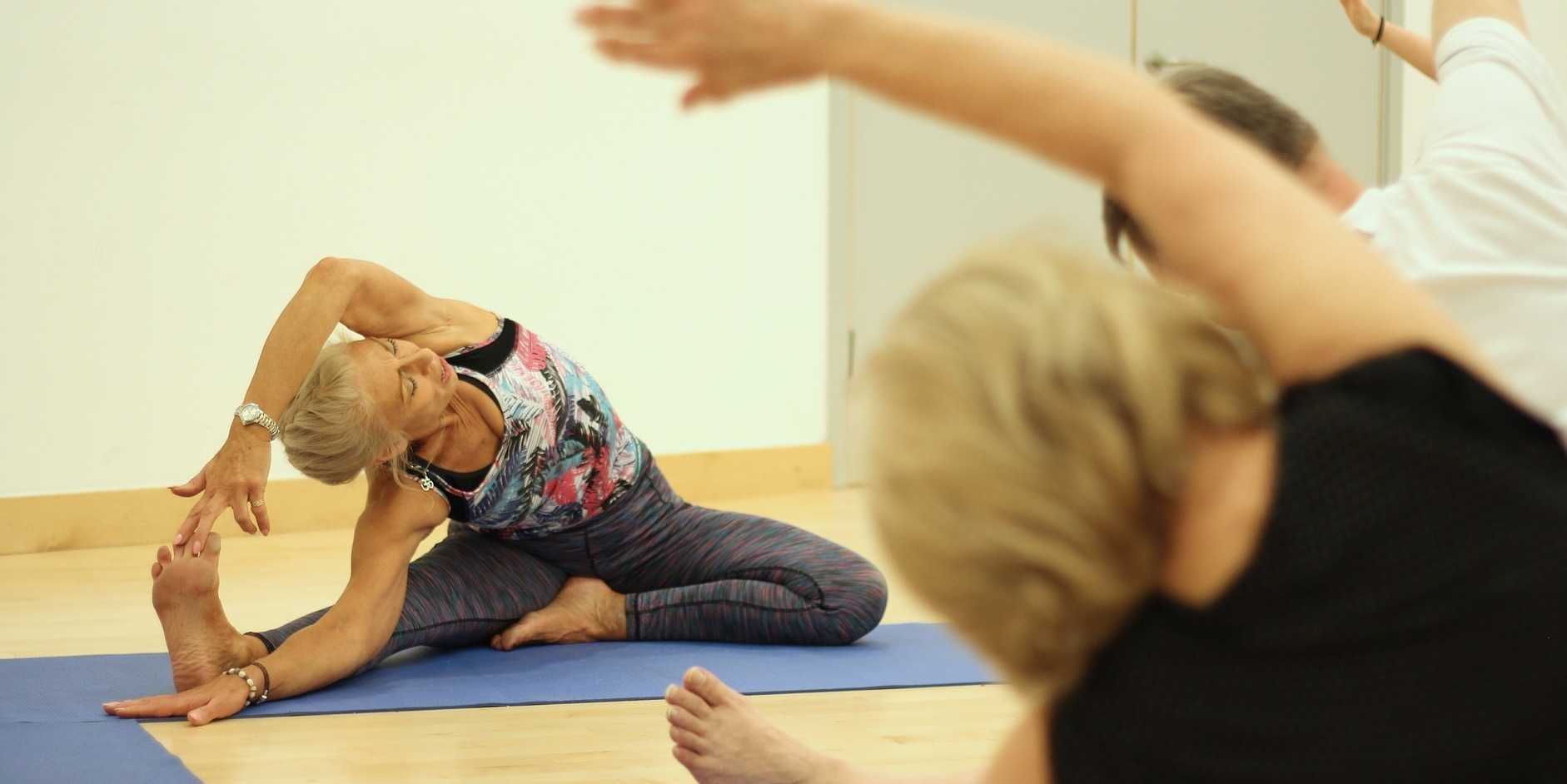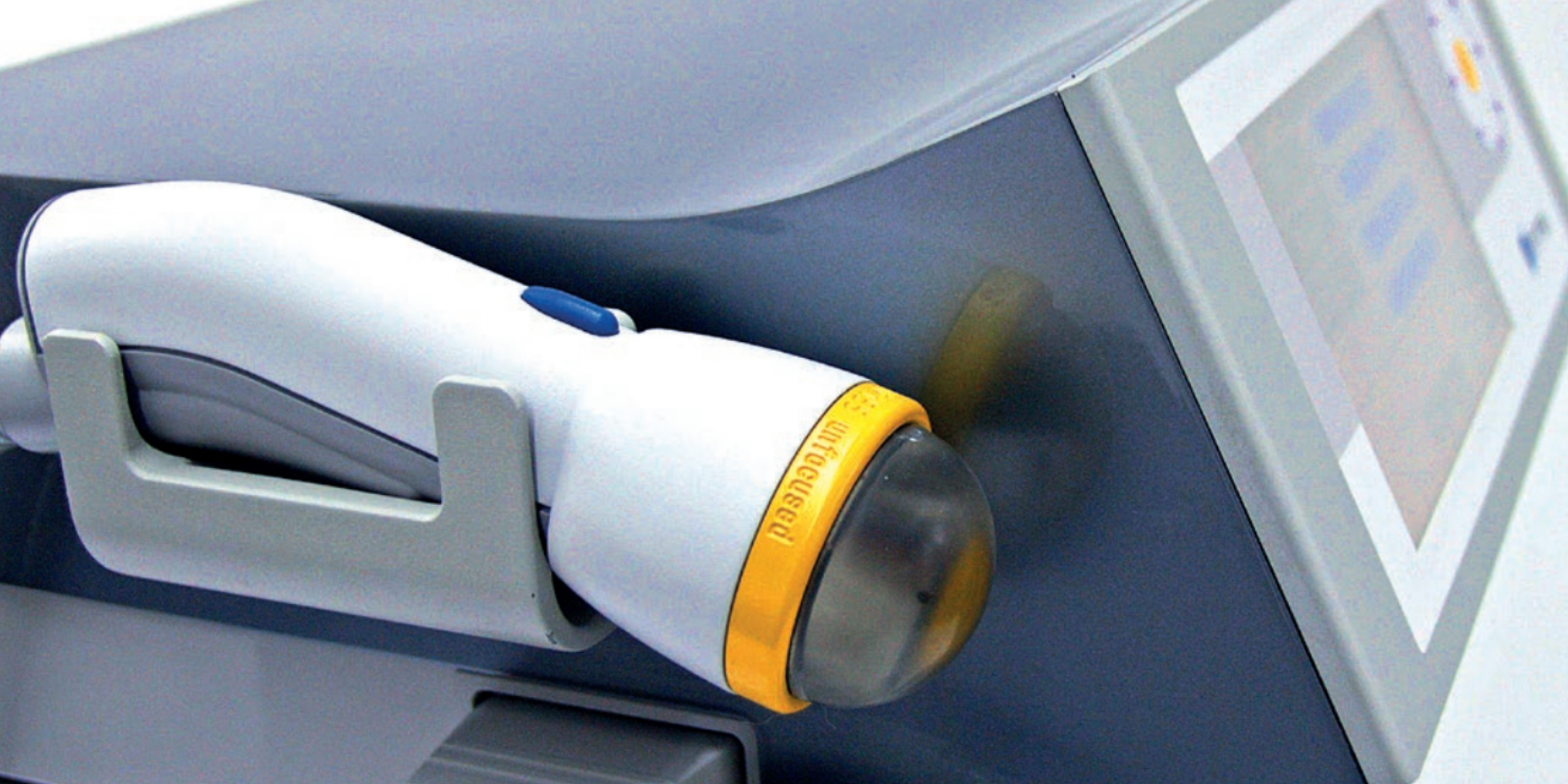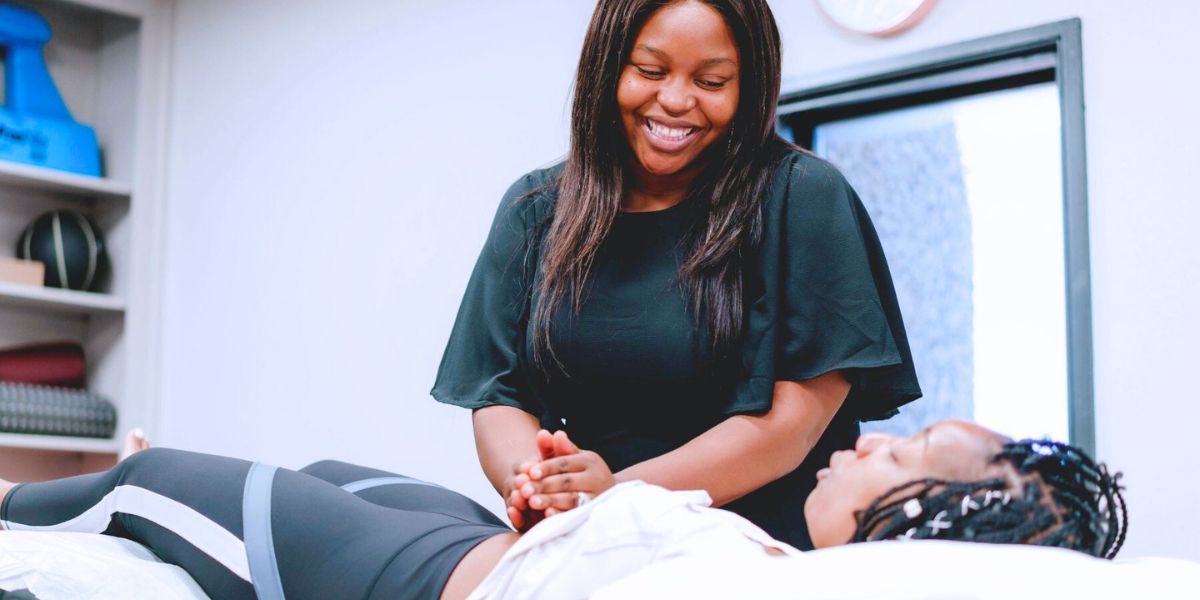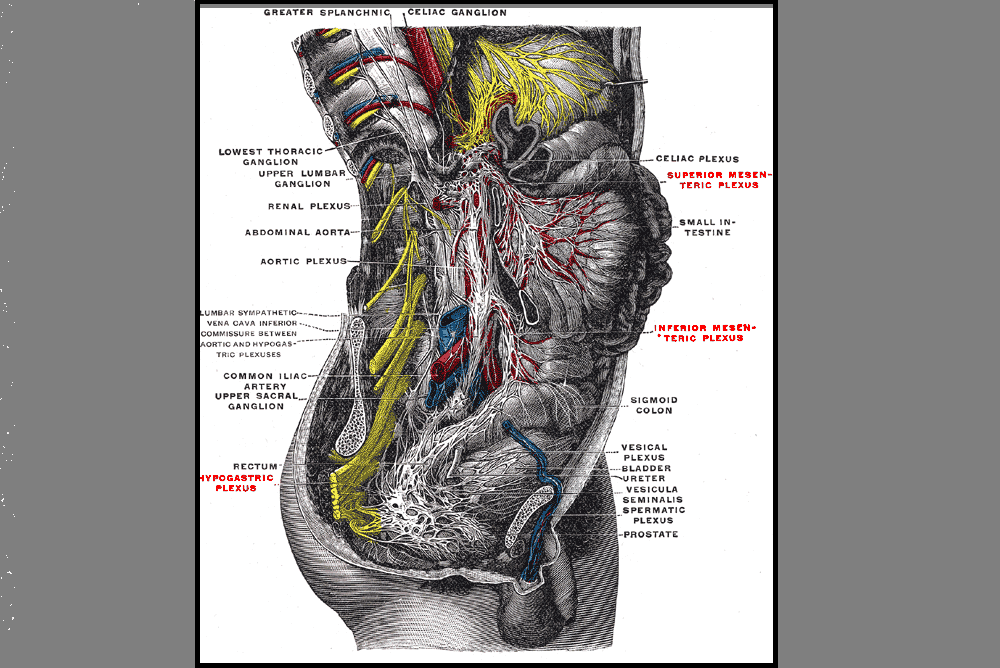This post was written by H&W instructor Allison Ariail, PT, DPT, CLT-LANA, BCB-PMD. Allison will be instructing the Care of the Postpartum Patient course in Houston in June.
As Mother’s day weekend approaches, I take time to think about the dramatic changes in life that occur with the birth of a baby! No one is quite prepared for how much their life will change with the birth of their child, especially their first child! There are numerous changes that occur in a woman’s life during the pregnancy and into the postpartum time, both emotionally and physically. Any woman who has had a baby knows our bodies do not revert back to the exact body we had prior to pregnancy. New moms may be left with changes in their body that can greatly affect their function. Physical therapy in the postpartum time can greatly improve a woman’s well-being and function. We can treat a woman for back pain, diastasis rectus separations, incontinence, thoracic outlet syndrome, nerve damage that occurred during delivery, and many more issues a woman may present with. We also are a listening ear for the new mom going through many changes and hormonal upheaval. It is important to stay open and listen in a non-judgmental way. New moms are inundated with unsolicited advice in a way that no other patient population is. Having a safe place to come and get treated physically can help her emotionally as well.
During pregnancy and the postpartum time many habits are formed that if not changed can influence and shape how a woman lives the rest of her life. For example, night time voiding is common for pregnant women. If a woman continues to void every time she gets up with the baby in the middle of the night once she delivers, she may continue or even worsen her habit, thus creating an issue that will greatly affect her overall sleep health and well-being for the rest of her life. Having an objective person educate a woman about some of these habits can be very enlightening for an individual!
This post was written by H&W instructor Allison Ariail, PT, DPT, CLT-LANA, BCB-PMD. Allison will be instructing the Rehabilitative Ultrasound course in Seatlte in May.
In the past decades, evidence has been established showing the importance of the local stabilizing muscles, including the transverse abdominis, the lumbar multifidus, and the pelvic floor muscles on the stability of the pelvic ring and lumbar spine. Many therapists have embraced this knowledge and incorporate a specific stabilization program into their plan of care for patients with dysfunction in the lumbar spine or pelvic ring. This plan of care can be more time consuming for the therapist since we are no longer simply prescribing strengthening exercises to the patient, but instead are using neuromuscular re-education to retrain recruitment patterns and improve motor control. For many patients, learning to activate these muscles can be very difficult and frustrating. This is where biofeedback comes in. For years, women’s health therapists have been using biofeedback to retrain the pelvic floor muscles. Biofeedback is the process of bringing unconscious physiological processes to consciousness and gaining control over it. These same principles can be used in retraining the lumbar multifidus and the transverse abdominis, in addition to the pelvic floor. Currently, biofeedback methods used in treating low back pain include rehabilitative ultrasound imaging (RUSI) and the pressure cuff. My preferred method is using RUSI. This tool not only provides biofeedback for the patient but allows for real-time assessment of the muscle activation. Thus, providing the clinician valuable feedback on timing of recruitment and strategy used by the patient that would not be assessed with palpation alone.
Giggins et al recently released a literature review that covered different forms of biofeedback used in rehabilitation. Interestingly, there is little evidence to support the use of pressure cuff. Some of the research reported found significant increases in gluteus medius and internal oblique activity. In 2013, Grooms et al also determined that correlation and likelihood coefficients indicate that the pressure cuff is likely of minimal value to detect transverse abdominis activation. I personally have had patients referred to me from other therapists to confirm whether or not they were activating their transverse abdominis. In previous treatments, the patients had been using the pressure cuff and palpation by the therapist as confirmation of proper activation. What I found was consistently the patients were not achieving good contractions in their transverse abdominis muscles. Most of these patients were able to learn in one or two sessions how to properly contract their transverse abdominis, and were later able to progress to performing a co-contraction of all the local stabilizers during motor tasks.








































